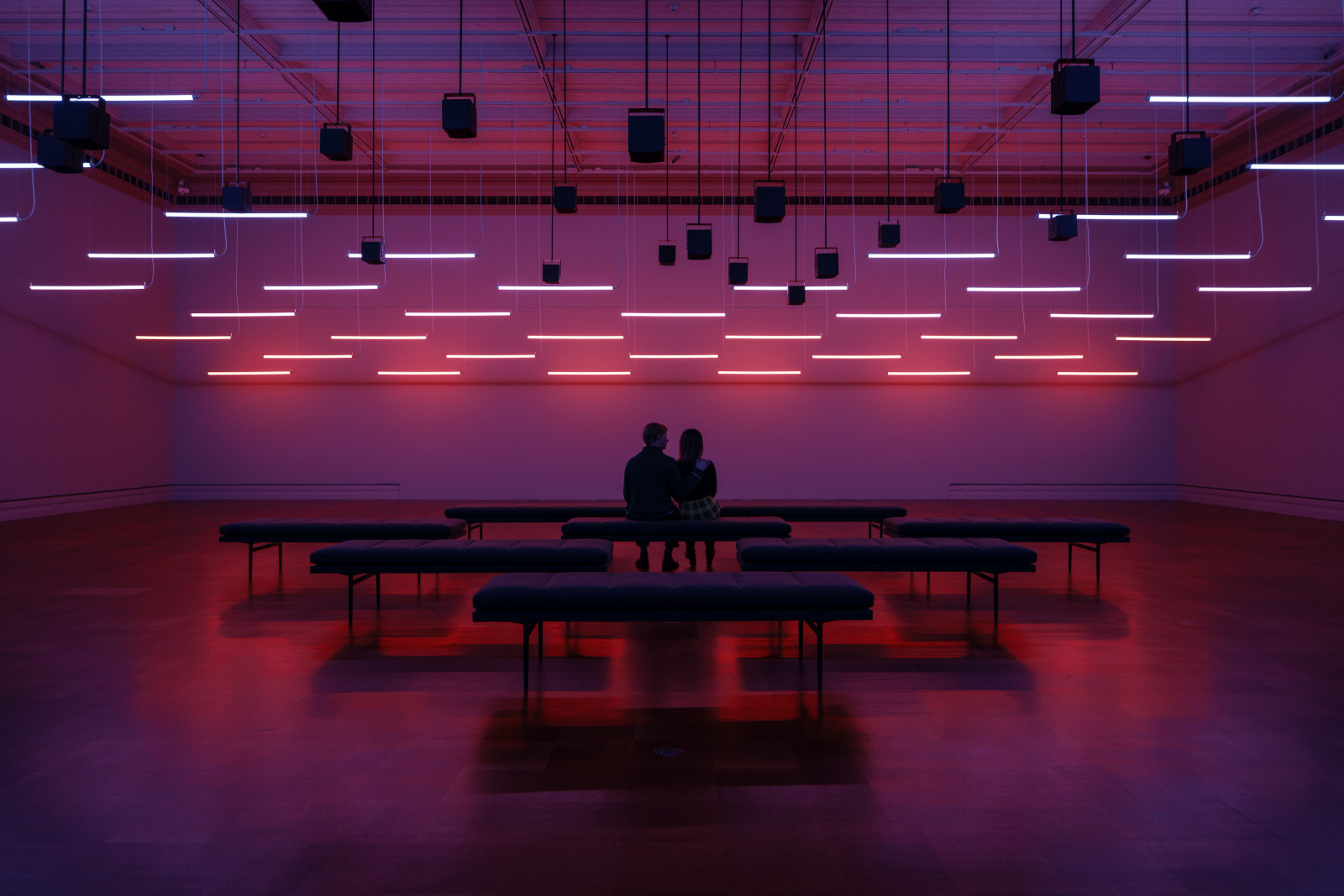Bulbous Flask (Unguentarium)
Bulbous Flask (Unguentarium)
Place of OriginEastern Mediterranean, Syro-Palestine
Date2nd-4th century
DimensionsH: 7 1/16 in. (18 cm); Rim Diam: 1 5/8 in. (4.1 cm); Body Diam: 2 11/16 in. (6.9 cm)
MediumGlass; free-blown, tooled.
ClassificationGlass
Credit LineGift of Edward Drummond Libbey
Object number
1923.600
Not on View
DescriptionClassified as a glass vessel, this flask—commonly known as a "candlestick unguentarium" due to its resemblance to a modern candlestick—is made from transparent natural pale green glass. It is free-blown and tooled from thin glass. The wide tubular rim is folded outward, upward, inward, and then flattened. The tall, thick neck tapers downward and ends in a constriction at the base. A small, bulbous body, which comprises about one-sixth of the total height, is widest near the bottom. The base is flat with a slight central depression. No pontil mark is visible.
2nd-4th century CE
2nd-4th century CE
Late 1st to mid-2nd century
2nd-4th century CE
probably 2nd century
Late 1st to mid-2nd century
Probably Late 1st to early 2nd Century
Probably 2nd century
First half of 3rd century
Late 2nd to mid-3rd century
Probably 2nd century
First half of 3rd century CE

Membership
Become a TMA member today
Support TMA
Help support the TMA mission











